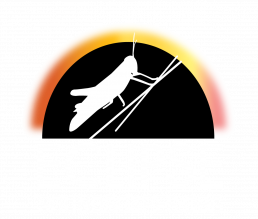

On August 21, 2017, millions of people viewed a total solar eclipse as it passed through the United States. The Eclipse Soundscapes Project delivered an accessible multi-sensory experience of this exciting celestial event that allowed everyone, including people who are visually impaired, and others who were unable to see the eclipse with their own eyes, to experience the event. The project, then supported by NASA’s Space Science Education Consortium (NSSEC), developed a mobile application that included audio descriptions of the eclipse in real time and an interactive “rumble map” that allowed users to visualize the eclipse through touch and sound.
Since the original project began, it has grown to include more projects that use Universal Design of Learning and a multi-sensory approach to engage all learners in Science, Technology, Engineering, Arts, & Math (STEAM).
